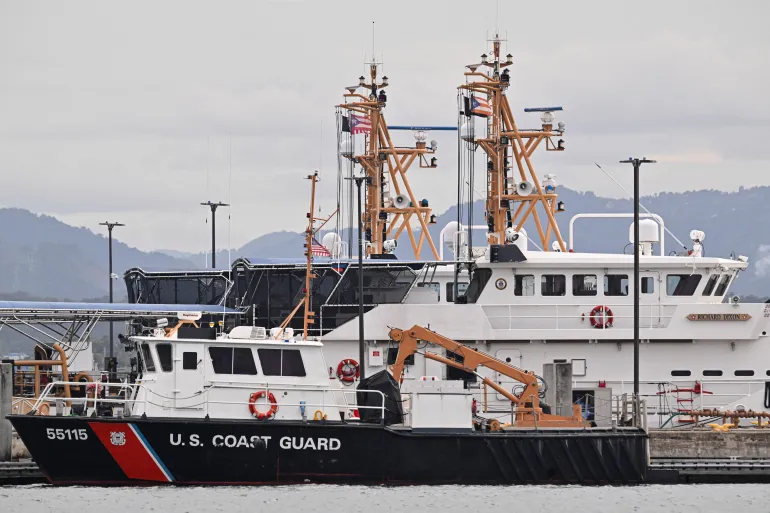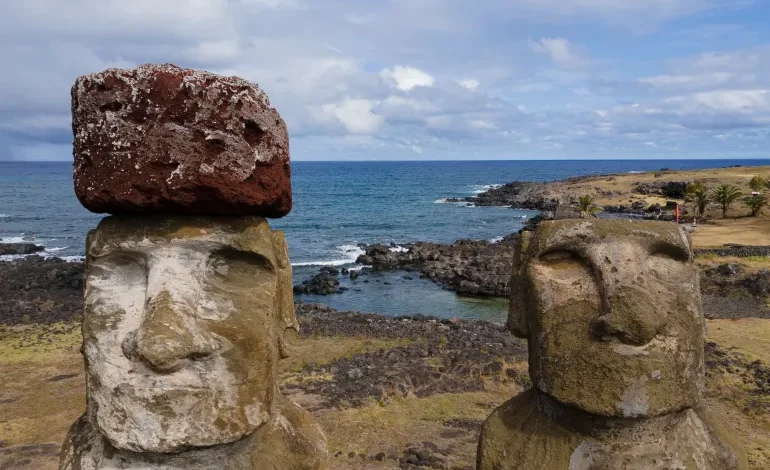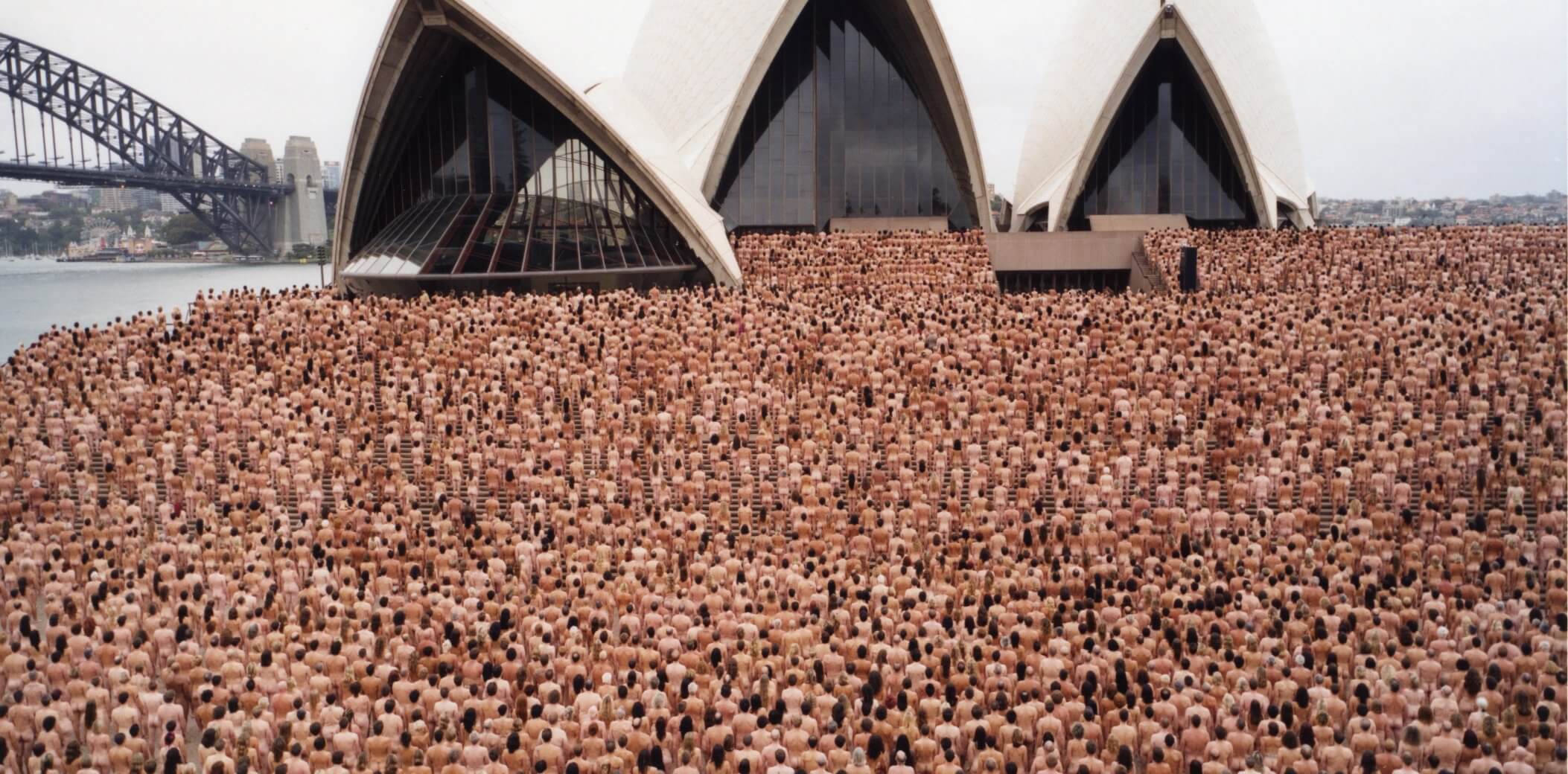Easter Island’s famous stone giants are facing a new and growing danger: the sea itself.
A new study in the Journal of Cultural Heritage warns that rising sea levels could push powerful seasonal waves into Ahu Tongariki, the island’s most iconic site with 15 moai statues standing tall on a ceremonial platform.
“Sea level rise is real,” said Noah Paoa, the study’s lead author and a doctoral student at the University of Hawaii at Manoa. “It’s not a distant threat.”
Paoa, who is originally from Easter Island (Rapa Nui), and his team created a high-resolution “digital twin” of the island’s eastern coastline. Running different sea level scenarios, they mapped out which cultural treasures might be underwater in the coming decades. The results show waves could reach Ahu Tongariki as soon as 2080.
The stakes go far beyond tourism. While the site brings tens of thousands of visitors each year, it’s also central to Rapa Nui’s identity and heritage. The ahu sits inside Rapa Nui National Park, a UNESCO World Heritage Site, and the statues themselves — nearly 900 across the island — were carved centuries ago by the Rapa Nui people to honor ancestors and chiefs.
History has already shown how vulnerable the site can be. In 1960, the world’s largest recorded earthquake — a magnitude 9.5 off Chile — sent a tsunami crashing into the island. The waves dragged toppled moai even further inland, damaging them before the site was restored in the 1990s.
This latest study adds to a growing body of evidence that cultural heritage sites worldwide are increasingly at risk. A UNESCO report last month found that about 50 World Heritage sites face serious flooding threats. “In the Mediterranean and Africa, nearly three-quarters of coastal low-lying sites are now exposed to erosion and flooding due to accelerated sea level rise,” a UNESCO spokesperson told the Associated Press.
As for Easter Island, possible defenses include armoring the shoreline, building breakwaters, or even moving the statues themselves.
Paoa believes the time to act is now.
“It’s best to look ahead and be proactive instead of reactive to the potential threats,” he said.









The latest news in your social feeds
Subscribe to our social media platforms to stay tuned